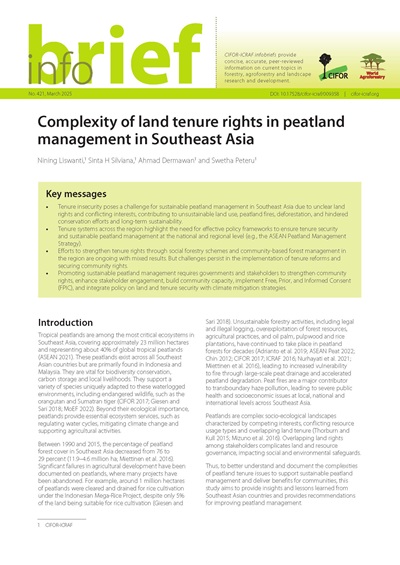Riparian communities activities threaten conservation in biosphere reserves in the Democratic Republic of Congo (DRC). The Yangambi Biosphere Reserve (YBR) is no exception to this degradation. Thus, the objective of the presents study was to elucidate the local factors underlying the high pressure on natural resources and analyze the complexity of biosphere reserve zoning management using an interdisciplinary approach combining document review, field surveys and semi-structured interviews. Our results revealed that the zoning applied to the YBR did not take into account social dynamics. With population growth, the riparian community is doomed to remain in restricted areas, leading to over-exploitation of the space and land degradation, forcing the population to travel long distances to reach fertile plots into the protected area. Also, the lack of employment and the absence of participatory zoning also exacerbate tensions between the manager and the riparian community. For an effective management of the YBR, political authorities should become more involved in the participatory zoning of conservation areas and village exploitations. In addition, they should improve farming techniques to mitigate soil degradation.
DOI:
https://doi.org/10.1505/146554821832140358
Dimensions Nombre de citations:

Année de publication
2021
Auteurs
Kipute, D.D.; Mampeta, S.W.; Kahindo, J-M.M.; Lelo, U.D.M.; Sufo Kankeu, R.; Sonwa, D.J.; Joiris, V.D.; Mate, J-P.M.
Langue
English
Mots clés
agriculture, biodiversity conservation, degradation, natural resource management, forest management, community forestry, participation
Géographique
Democratic Republic of the Congo


















